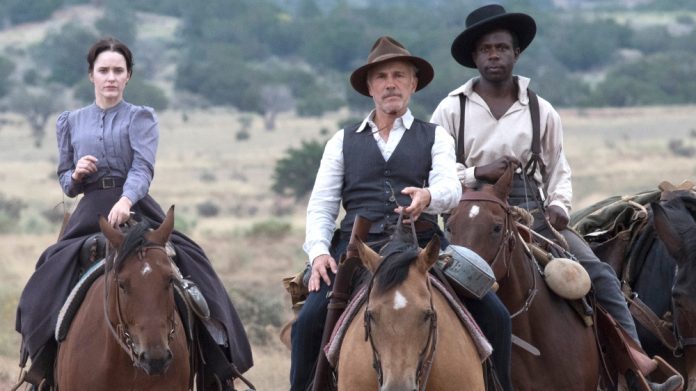Walter Hill has been directing movies since 1975 after beginning his Hollywood career as a screenwriter. Hill’s notable credits include 48 Hrs., The Warriors, Brewster’s Millions, and Red Heat, and he also produced the sci-fi classic Alien.
The revered filmmaker has memorably returned to the Western genre multiple times over the course of his career, and this past fall brought his latest entry in that hallowed genre, Dead for a Dollar, which stars two-time Oscar Christoph Waltz, Emmy winner Rachel Brosnahan, and the great Willem Dafoe.
Above the Line recently spoke to Hill, who revealed why he loves the Western genre, which has been popular for the past 100 years, and why it was important to stay true to the era and leave modern politics out of the storytelling.
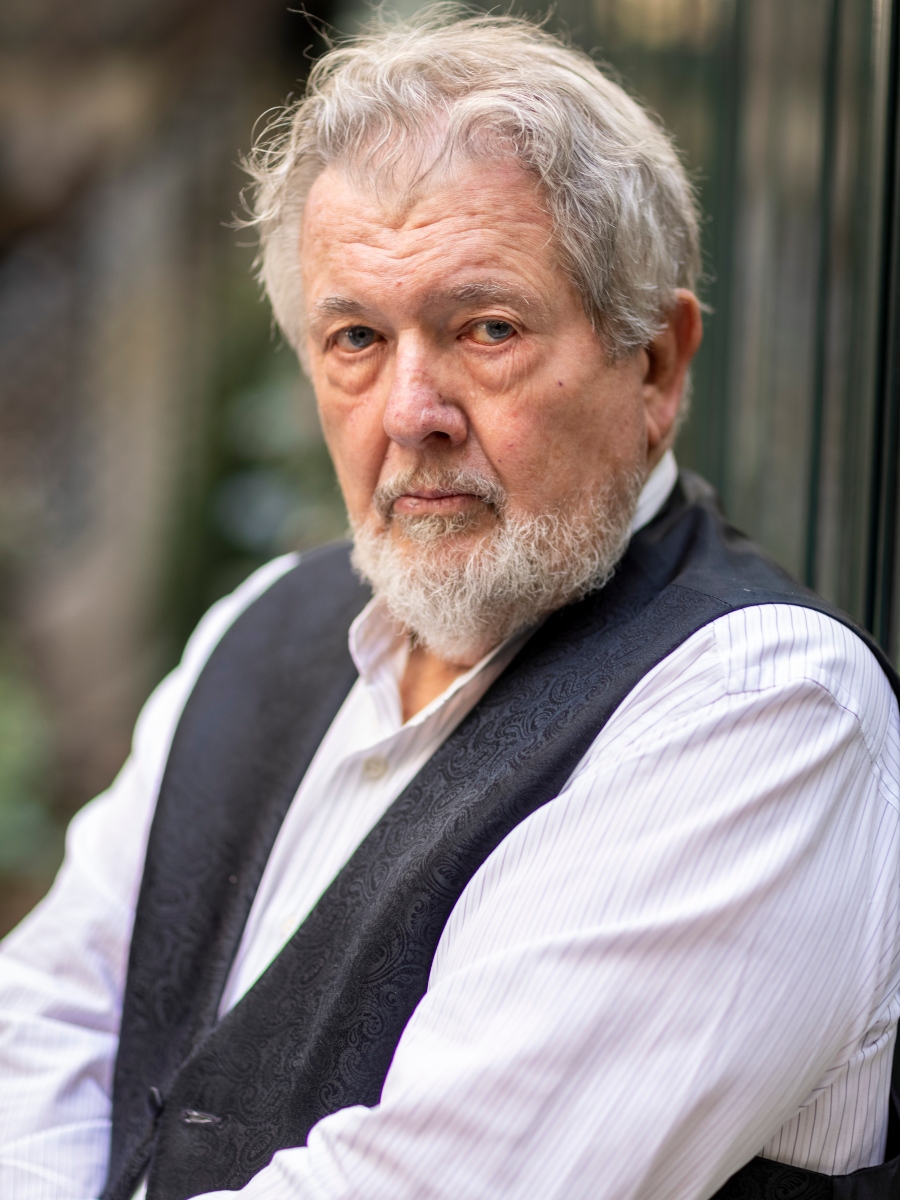
Above the Line: Regarding your new film, Dead for a Dollar, you found a new story in a classic longtime Hollywood genre. Is there something that repeatedly draws you back to the Western?
Walter Hill: It’s a very difficult question because it demands that we have a complete and deep understanding of ourselves and a lot of our predilections and tastes. Number one: I loved them when I was a kid. One of the most dynamic experiences I ever had… I had seen a million B-movie Westerns, [but] when I saw Shane — I was probably about 11 or 12 — I just didn’t know a movie could be this good, or a Western could be this deep. My tastes were educated over the years.
I think the thing that I liked best about Westerns is that they can be done with an elegant simplicity — at the surface — that is a pleasant topping to serious moral-ethical concerns that can be debated within the text. Contrary to the times I work in, I’m very dedicated to brevity of statement. I like to keep the movies not terribly long to make their point and move on, but not, at the same time, seem hurried. That technical challenge is a lot of what drives me.
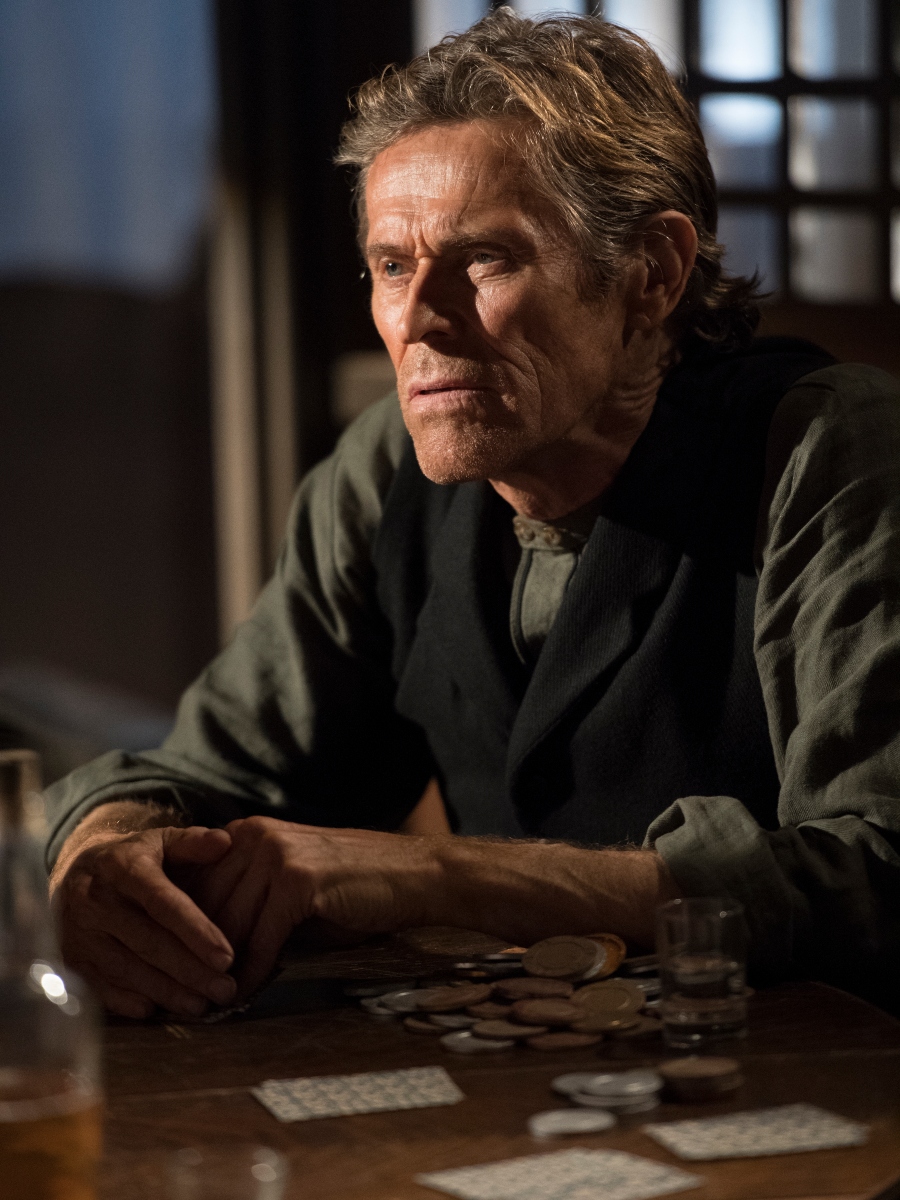
ATL: Certainly, Howard Hawks, John Ford, and George Stevens were master practitioners in this regard. Do you feel as though you are following in their footsteps?
Hill: Yeah, there were any number of really marvelous practitioners. I have a salute at the end of Dead for a Dollar to Budd Boetticher, who was a friend [and popular Western director of the 1940s, ’50s, and ’60s]. It’s not really a salute to our relationship, it’s a salute to the films he made. It was [a] simple moment. I had finished shooting and we got the movie together. I probably had the second cut, and I looked at it, and I said to the editor, ‘Budd Boetticher would really like this movie.’ It’s a reduced budget; it’s made in a simple landscape. There’s a lot to debate — nobody’s exactly who they seem to be, at least at first glance. So I put the salute to Budd there at the end of the movie. I asked permission of the Director’s Guild, who kindly gave it to me. You can’t put things ahead of the director credit without permission.
ATL: You worked with Sam Peckinpah when you wrote the screenplay for his 1972 film The Getaway. Peckinpah’s Westerns were amazing, coming a little after the classic genre period; I’m curious as to how those films impacted you, and what it was like to work with a man like that.
Hill: I did that one picture with him, but he and I stayed friendly until his all-too-early passing. It was very sad; although, I don’t think he was going to make more films. He was not in good health. I liked working with Sam very much; he was very smart and very witty. He was alternately very bitter about a lot of things about the business and his path that had been taken within the business. But I liked working with him very much. He used to call me every once in a while. After I’d done The Long Riders, he called me and said, ‘I see a lot of people say that fight that you did was very reminiscent of my techniques. But it’s not true, is it?’ I said, ‘No, it’s not.’
Then he said, and this was always what made him terrific, ‘Why isn’t it?’ I said, ‘Well, the simplest way I can say it [is], you use the slow-motion technique to heighten reality and to make the reality even stronger to the audience in The Long Riders. The slow-motion technique is used as suggestive of a collective nightmare.’ He said, ‘You’re right, doctor.’ He was a wonderful filmmaker — a very tough guy, very resilient. He had his ups and downs, but he was very instructive, not only about screenwriting, to me, but you must be ever vigilant and ever ready to fight for the integrity of your movie. He was a walking lesson of that.
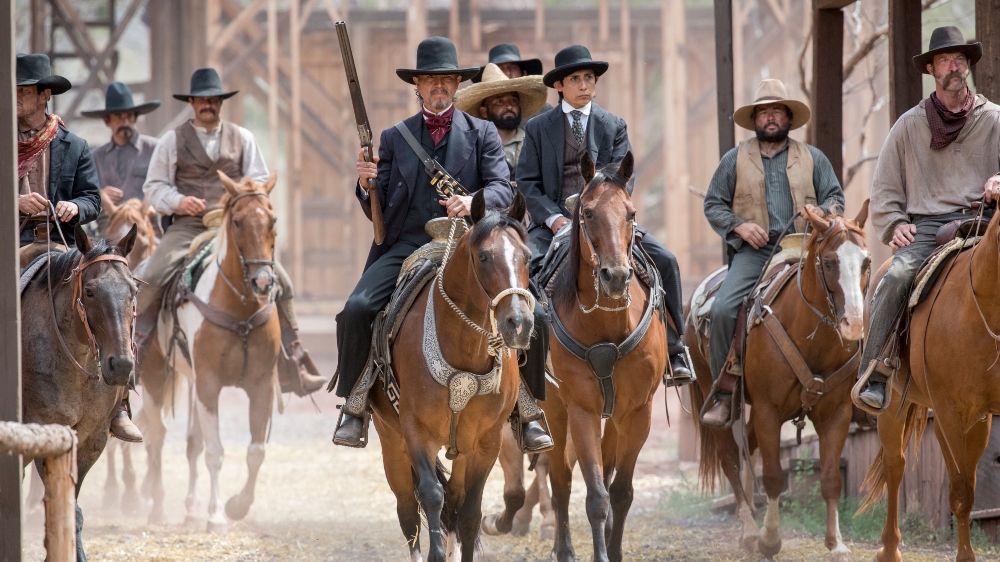
ATL: Your new film, cinematographically, is very beautiful; you shot in 2.35:1; the color palette is just gorgeous. I wonder if you achieved the beautiful colors on location, or was that done in post-production?
Hill: Well, we helped some in post. Lloyd Ahern, the cameraman, I’ve worked with so many times; the production designer, RA Arancio-Parrain, I had not worked with before. I said, ‘We have to make it seem like we are in Mexico.’ The only thing I can tell you about my own experience in the deserts of northern Mexico — it’s meant to be Chihuahua — is that the sun is constant. I said, ‘I don’t want a lot of night scenes; I want [to] feel the presence of the sun.’ So, I want to desaturate to a degree that’ll give you a burned-out feeling, and we want to use sepia colors. Through computer-generated imagery — although you don’t think of this as a CGI movie — I eliminated a lot of the desert scenes [and] a lot of brush. We just painted it out and made it much more of a stark desert feeling.
ATL: Your casting is always impeccable. Christoph Waltz was excellent in this picture, and, obviously, Willem Dafoe is always great, as well as Rachel Brosnahan, plus, two relatively fresh faces in Warren Burke and Brandon Scott. What’s your secret in casting a movie? Not every film gets it right, yet you seem to time and time again.
Hill: You just make choices the best you can — what your instinct says is going to work for the character. I think what you don’t want is total predictability. You’re always looking for somebody who’s going bring you something more than what’s written — that will surprise you, in some way. Not deviate from the intention, but surprise you from within. You have certain instincts about actors that can do that. I had that instinct on everybody in this thing; every character is meant to be nuanced. There’s not just bad and good.
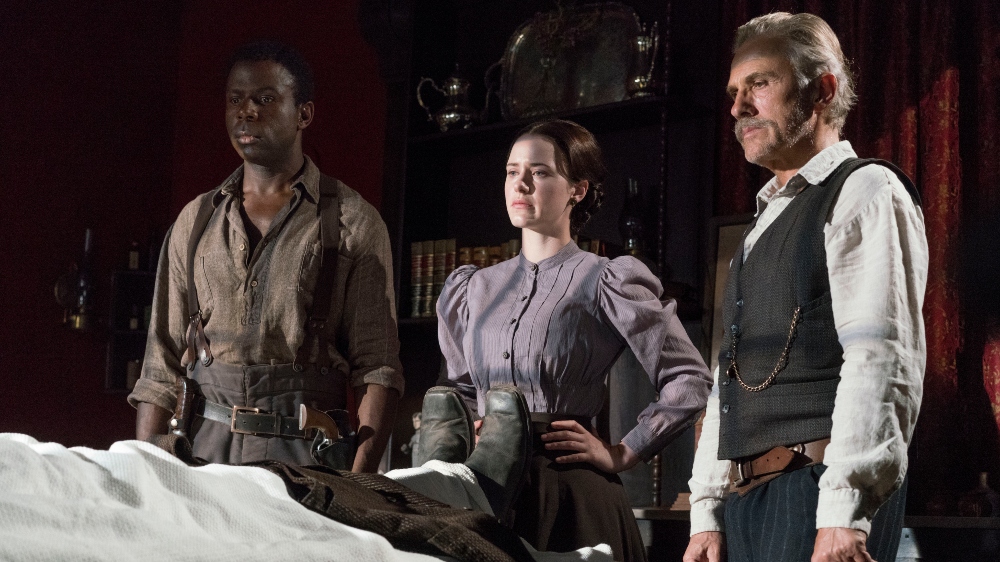
ATL: How did you find the story of Dead for a Dollar, which plays as if it were based on a true story, with the inclusion of dates and locations?
Hill: Those are my tricks. For the point of origin, I was doing a lot of reading about the outlaw history of Oklahoma. I ran across the name of this interesting fellow, Chris Madsen. He was born in Denmark and fought in the Danish Army in the Prussian war. He then joined the French Foreign Legion and did a tour of duty in North Africa. He then went to Marseilles, got on a boat, went to America, went West, and joined the army. He was an army scout, and then drifted into law enforcement and bounty hunting. I thought a guy like this would be an interesting starting point for a Western because [he’s] not your traditional big, strong, Anglo kind of guy. The truth about the history of the West is at least half of ’em out there were immigrants. So, I thought, when they show immigrants in Westerns, they’re almost always secondary characters. I thought this might be interesting to do for our lead, so I began figuring out a story, and I went back to the Homeric.
Christoph, by the way, spotted the Iliad right away. Although, I told him, ‘Look, you’re going to play more Odysseus than Achilles.’ We know the story’s good because it’s worked for 2,600 years. I think I had contradictory ambitions. I wanted to valorize the traditions and tropes of the Western, but, at the same time, I wanted some modern stories that could reach an audience of today and not simply be trying to make something to be preserved in amber. So I worked out the race thing, and I worked at the proto-feminist thing that Rachel represents. The hardest thing about all that was to keep the racial arguments and the feminist arguments within the dialogue of that time — 1897 — and not turn it into a modern debate. I thought if I turned it into a modern debate, it wouldn’t be fair to the story or the audience; you’d be into politics then rather than storytelling.
ATL: Brilliant. I caught the reference to not only The Odyssey but also Helen of Troy, such as when he looks at the picture of the woman he’s seeking and says, “The face that launched a thousand ships.” Anyway, your films have been entertaining the world for 50 years now. How do you account for that?
Hill: There’s a lot of blood and whiskey that have gone under the bridge in the 50 years. It’s been a great run; I’ve had a lot of fun. I’m constantly telling actors, ‘Now, I’ve been a director longer than you’ve been alive, so I think maybe we ought to try it my way.’ These are part of the tricks. I’m sorry that a lot of the people that I worked with in the past, and knew, are no longer with us. I’ve been lucky. As long as I feel good, I think I’ll probably stay at it.
Somebody said, ‘Are you thinking about retiring?’ I said, ‘Directors — they don’t retire’ A ball player — at some point, they come in and take away your uniform, and you go home. But I’ve never known a director that wasn’t trying to make another movie, and I’m just as guilty as they are.
Dead for a Dollar is now available to watch on Showtime, and to buy or rent on major VOD platforms.


